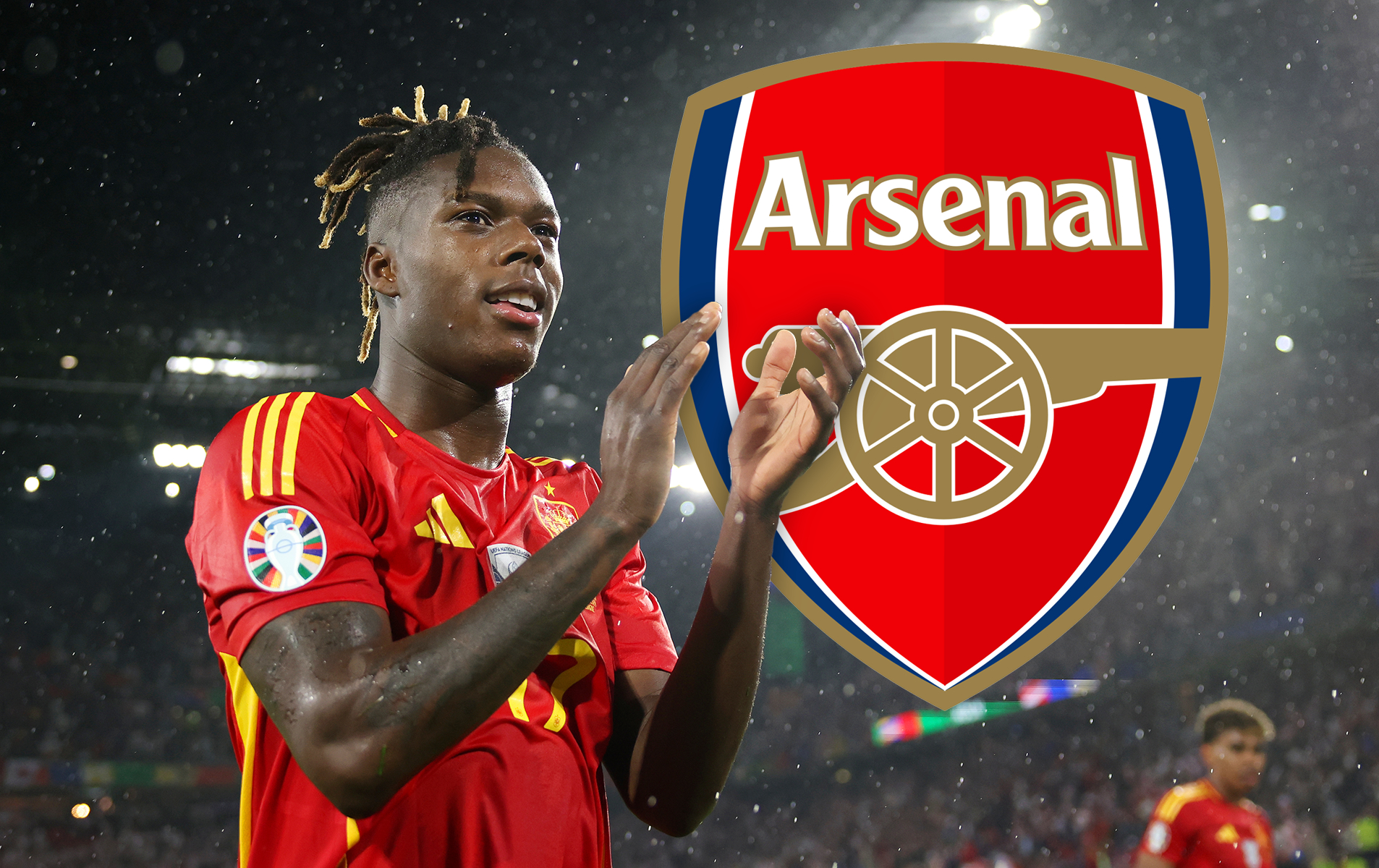Ranked! The 15 European clubs with the most debt
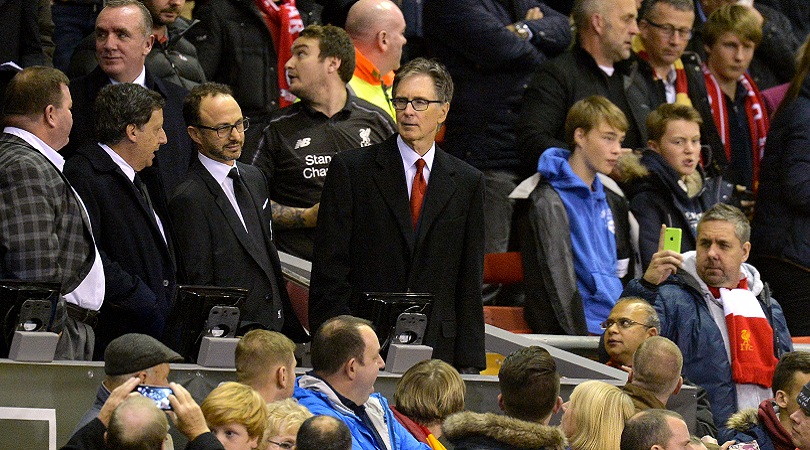
Clubs with the most debt
Major European football clubs generate vast sums of money these days, but many also rack up significant debts in the pursuit of success. Financial Fair Play was introduced to encourage more prudent financial management, yet many sides continue to owe hundreds of millions of euros to various creditors.
Using data from the UEFA Club Licensing Benchmarking Report, which looks at figures from the 2016 financial year, this slideshow reveals the 15 European clubs with the most net debt.

15. PSG (€167m)
By the end of the 2016 financial year, PSG had amassed a net debt of €167m. How did they respond? By smashing the world-record transfer fee by signing Neymar for €220m, of course.
That deal, along with the acquisition of Kylian Mbappe – the Frenchman is technically on a season-long loan which will automatically convert into a permanent deal in summer 2018 – has led many to question how PSG will be able to comply with Financial Fair Play, but the French club’s owners appear confident in their ability to avoid sanctions.
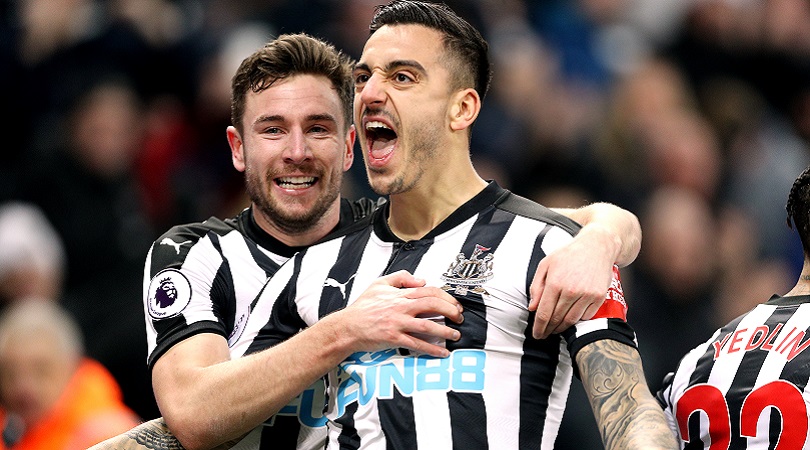
14. Newcastle (€179m)
Newcastle fans were delighted to learn owner Mike Ashley was in talks to sell the Magpies to a consortium fronted by Amanda Staveley in late 2017, but that deal appears to be on the verge of collapse as of mid-January.
With a sizeable fan base, large stadium and excellent manager at the helm, Newcastle is a club with plenty of attractive features. Debts of €179m mean it’s not a straightforward purchase for any would-be suitor, however, particularly as that figure represented an astonishing 119% rise compared to the numbers from 2015.

13. Sunderland (€180m)
Currently battling relegation from the Championship, Sunderland are the only club in this list's top 15 not to be playing in their country's top flight. With debts of €180m and a real possibility of dipping into the third tier for the first time since 1988, these are bleak times for supporters of the northeast outfit.
The recent news of the club imploring Jack Rodwell to rip up the final year of his £70,000-a-week contract is further evidence of how badly the Black Cats have been run in recent years.
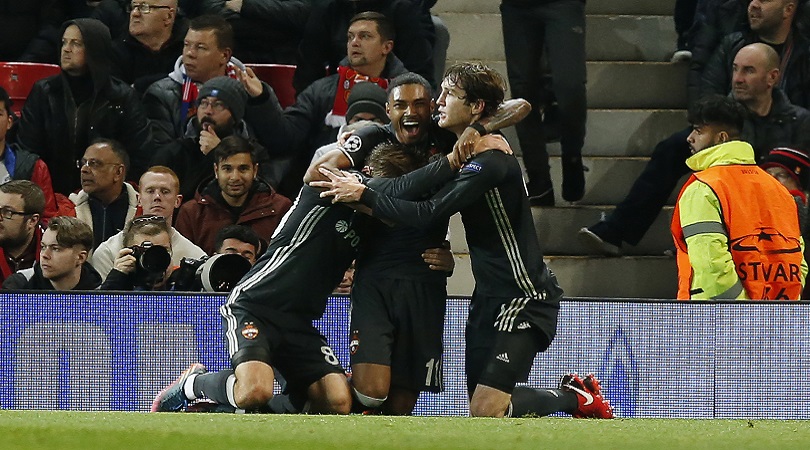
12. CSKA Moscow (€195m)
CSKA Moscow won the Russian Premier League in 2015/16 and have now participated in the Champions League for five seasons on the bounce, but they don’t appear to be in the healthiest position as far as finance is concerned.
The most worrying thing for CSKA is the fact their debts are 3.7 times higher than their revenue, which raises doubts over how the club will be able to pay back the money they owe. Rumours of a takeover abounded towards the end of 2017, with Arkadiy Abramovich – son of Chelsea owner Roman – thought to be among the interested parties.
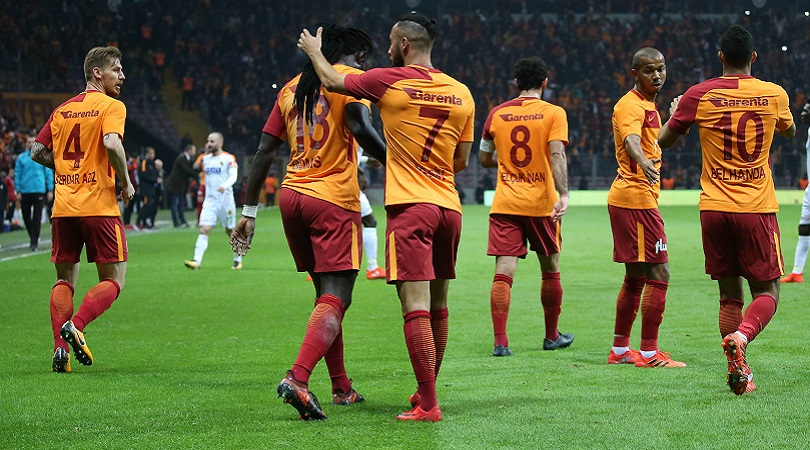
11. Galatasaray (€203m)
Reports in Turkey revealed that the country’s four biggest clubs – Besiktas, Fenerbahce, Trabzonspor and Galatasaray – had set a new record for debt levels between June 2016 and February 2017. The latter were found to be shouldering the largest share, which UEFA calculated as €203m for the 2016 financial year.
Chairman Dursun Ozbek moved to assuage fans’ fears over the club’s debt in 2017, insisting Galatasaray would be in a position to pay their dues once they’d sold a large plot of land they own in Riva, Greater Istanbul.
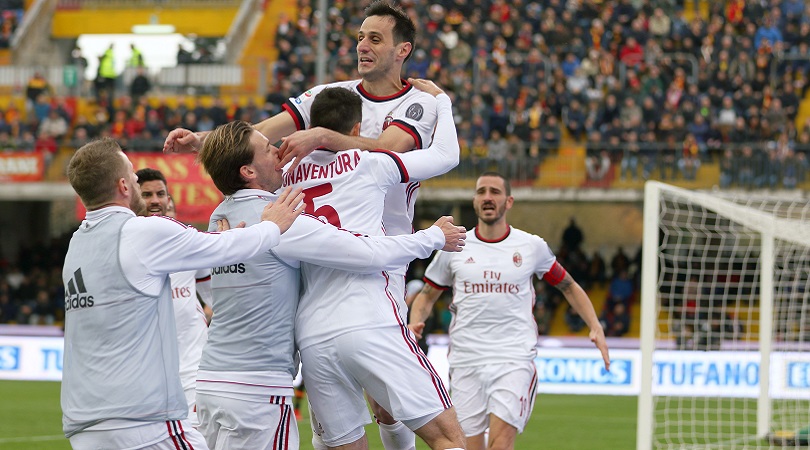
10. Milan (€210m)
Optimism abounded in the red-and-black half of San Siro back in summer 2017, when new owner Li Yonghong sanctioned a spending spree which saw the Rossoneri splurge €230m on new players.
It’s subsequently become clear that Li borrowed €300m from a US hedge fund to complete his takeover, throwing Milan’s future into doubt amid questions over who really owns the club. The fact the club is sitting on €210m worth of debt further complicates matters for the 18-time Serie A winners.
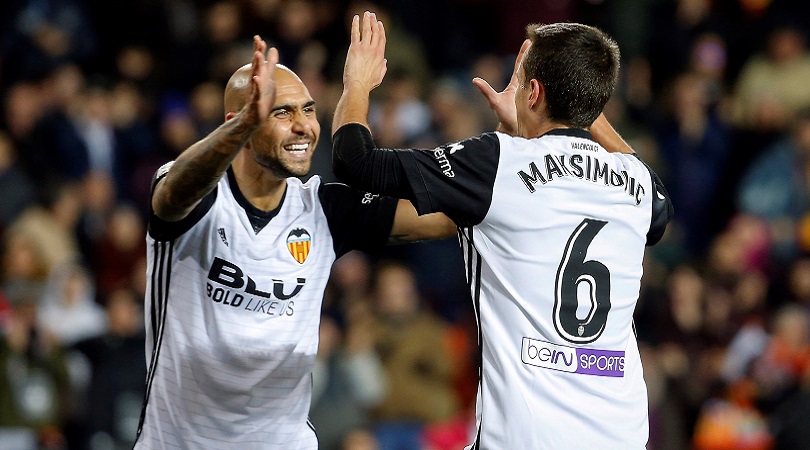
9. Valencia (€242m)
Valencia successfully reduced their debt by 15% in 2016, although the figure of €242m is still twice as much as the La Liga side’s revenue. Manager Marcelino has provided stability on the pitch – Los Che are challenging for Champions League qualification in 2017/18 after years of underachievement – but there is still plenty of work to do to return Valencia to a sound financial footing.
Owner Peter Lim announced his intention to clear the club’s debts when he took control in 2014, yet he’s hitherto struggled to make good on his promise. The half-built Nou Mestalla stadium, on which work began over a decade ago, is indicative of the disarray that has engulfed Valencia in recent times.
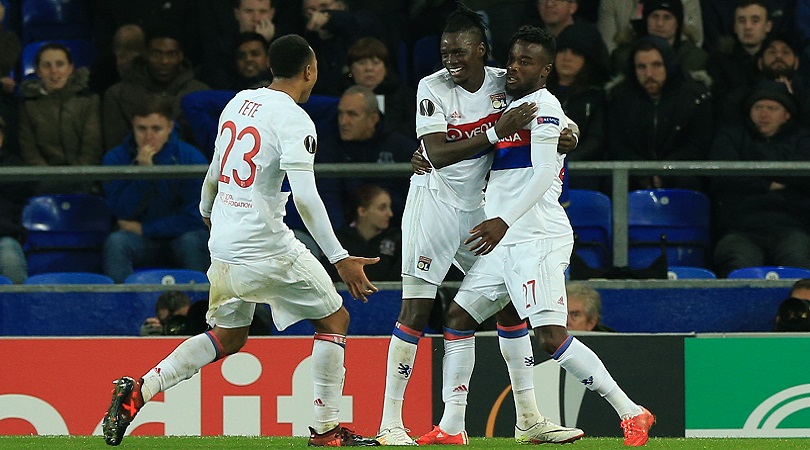
8. Lyon (€254m)
Moving home is costly. Before Lyon built a new stadium, their net debt was negligible and they were widely considered to be among Ligue 1’s most sensibly run clubs.
The Ligue 1 side borrowed heavily to finance the construction of the Groupama Stadium, which houses almost 60,000 fans and was opened in January 2016, in time for the European Championship. Lyon ended the 2016 financial year with debts of €254m, a 59% year-on-year increase.

7. Roma (€255m)
Roma increased their revenue by 41% to €181m in 2016, but their net debt also grew by 23%. Loans with Goldman Sachs and Unicredit account for much of the money owed by the Italian outfit, but the Giallorossi hierarchy publicly insisted the rise in arrears was simply to do with a renegotiation deal which is favourable to the Serie A side.
Roma are keen to build a new stadium in the coming years, so it wouldn’t be at all surprising if the 2017 and 2018 figures showed a further climb in the club’s debt.
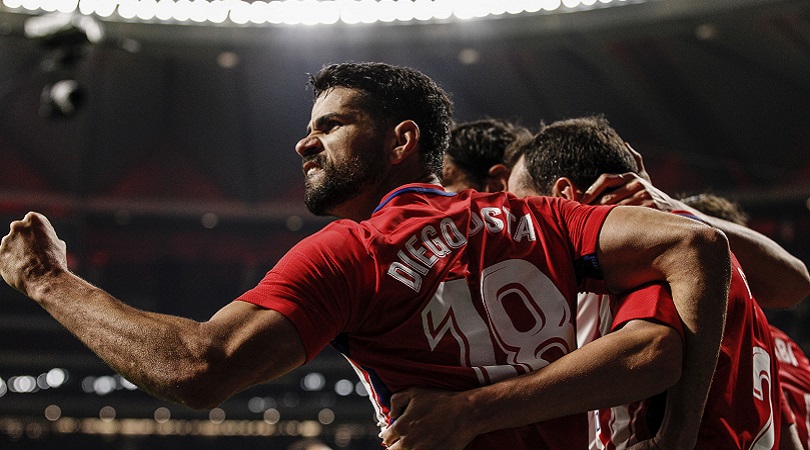
6. Atletico Madrid (€271m)
Atletico Madrid enjoyed one of the most successful seasons in their history when they won La Liga and reached the Champions League final in 2013/14, but they still had extremely high debts due to money owed to the Spanish tax authorities.
Their net arrears are now €271m, with their tax debts set to be settled by 2020. The building of their new stadium, the Wanda Metropolitano, could see the overall figure continue to rise in the short-term, but the 67,703-capacity arena will also help the club generate more money on matchdays.
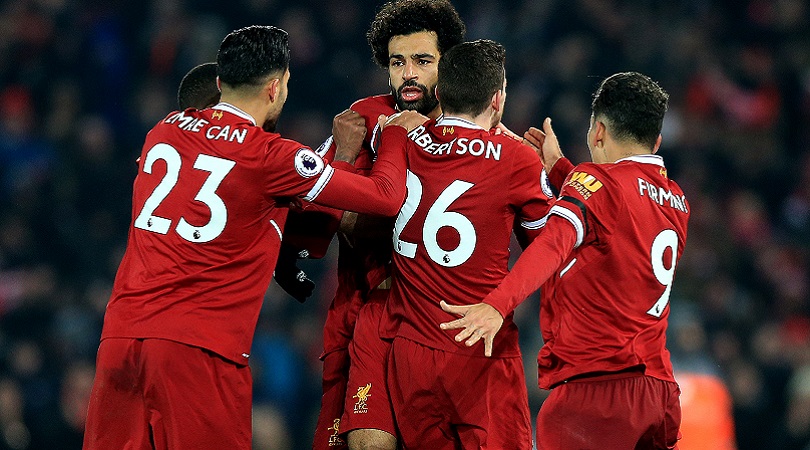
5. Liverpool (€272m)
Liverpool’s net debt grew by 66% between 2015 and 2016, which can partly be explained by the financing of the new 20,000-capacity Main Stand at Anfield.
Despite the high figure, the Reds are clearly moving in the right direction – both on the field under Jurgen Klopp, and off it with the building of the new stand. Their revenue grew to €388m in 2016, meanwhile, and owners Fenway Sports Group also converted some of the club’s debt into equity.
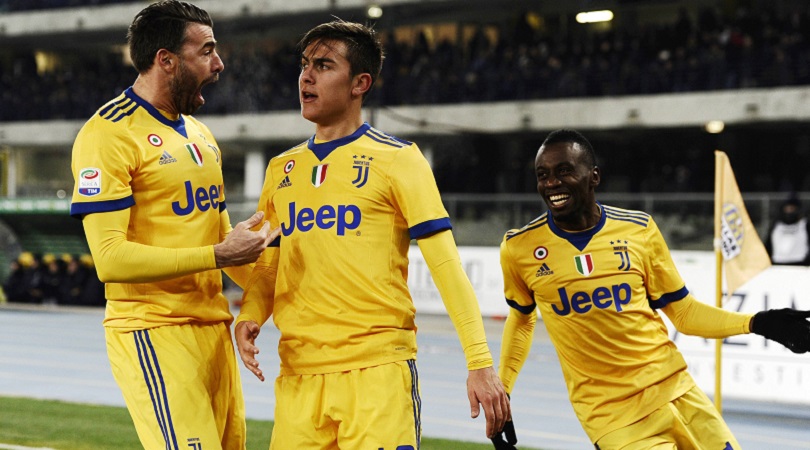
4. Juventus (€283m)
Juventus are widely regarded as one of the best-run clubs in Europe, with their propensity to sign high-profile players on free transfers – Andrea Pirlo, Paul Pogba and Sami Khedira are among those who have joined for nothing in the last few seasons – an example of the Italian champions’ financial acumen.
Even so, the Bianconeri are sitting on almost €300m worth of debt, a 35% increase from the 2015 figures. The building of a new stadium and the related J-Village – a facility which will house a training centre and offices – account for much of that sum.
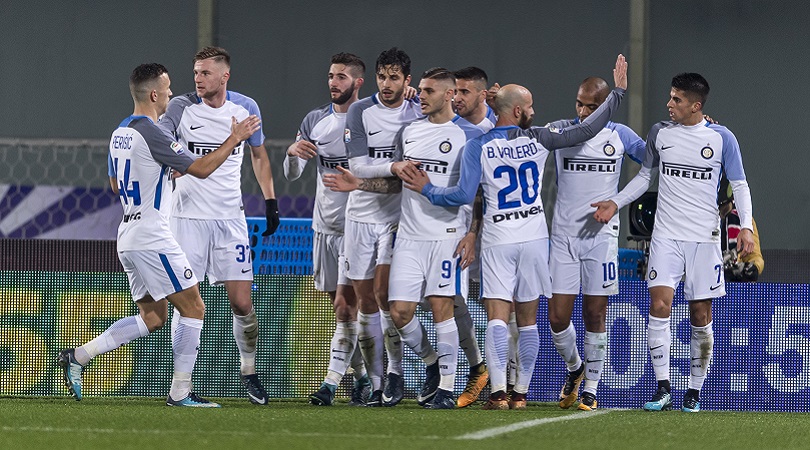
3. Inter (€303m)
Although Inter succeeded in preventing their debts from growing between 2015 and 2016, they still ended the latter financial year €303m in the red. Much of that money dates back to a €230m loan taken out by former majority owner Erick Thohir, who took over the Nerazzurri in 2013 before selling his shares to Suning Holdings Group three years later.
Inter issued a €300m bond in December 2017, which will cover the debt and increase the club’s working capital, although manager Luciano Spalletti may still be forced to trim the wage bill in the January transfer window.
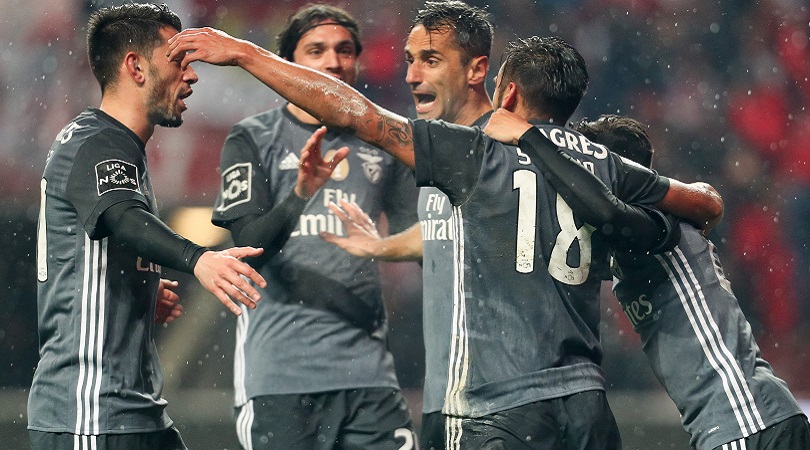
2. Benfica (€309m)
Like their Portuguese rivals Porto, Benfica have earned a fine reputation for developing young talent in recent years. The club’s business model relies on signing talented players with potential and selling them on for a profit, with Nemanja Matic, David Luiz and Ederson among those who have passed through the Estadio da Luz doors this decade.
Hanging on to such players until their peak years is usually out of the question, primarily because Benfica are living with debts of €309m – which is two-and-a-half times more than their revenue.

1. Man United (€561m)
With a remarkable €561m worth of debt, United comfortably top this list: in comparison, second-placed Benfica's debt of €309m looks like a bar tab. The Glazer family’s takeover in 2005 was so unpopular partly because the funds borrowed by the Americans to purchase the club were then taken on by the Red Devils, which goes a long way to explaining why they are first in this ranking.
Although over €0.5 billion is an extraordinary sum, United’s revenue – which is the highest in Europe – means they are able to cope with their arrears. Indeed, their net debt stands at a manageable 0.8 times the annual amount of money generated; all they need to do is keep generating money.

Greg Lea is a freelance football journalist who's filled in wherever FourFourTwo needs him since 2014. He became a Crystal Palace fan after watching a 1-0 loss to Port Vale in 1998, and once got on the scoresheet in a primary school game against Wilfried Zaha's Whitehorse Manor (an own goal in an 8-0 defeat).
